The heat cycle, also known as estrus, is a natural reproductive process that female dogs go through. It is an important phase during which the female dog becomes receptive to mating. Understanding the duration of the heat cycle is essential for dog owners and breeders. In this article, we will explore how long dogs stay in heat, the stages of the heat cycle, and other relevant information regarding this reproductive process.
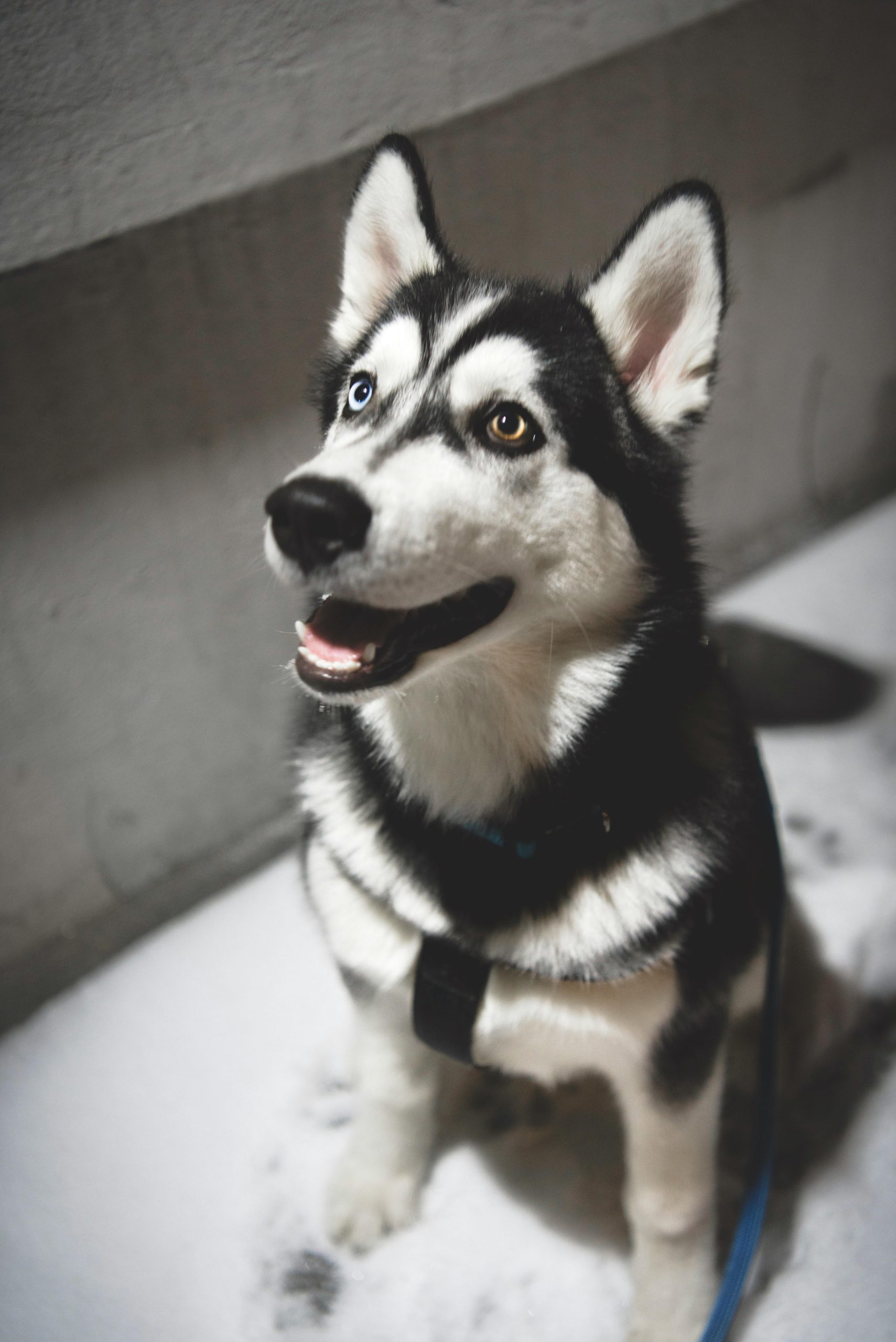
1. Duration of the Heat Cycle
The duration of the heat cycle can vary between individual dogs and is influenced by several factors. Here are some key points to consider:
- Average Length: The average length of the heat cycle in dogs is approximately 21 days. However, this can vary from 18 to 24 days.
- Individual Variation: Just like humans, dogs have individual differences in their reproductive processes. Some dogs may have shorter or longer heat cycles compared to the average.
- Stage Variation: The heat cycle consists of different stages, including proestrus, estrus, and diestrus. The length of each stage can vary, affecting the overall duration of the cycle.
- Age and Breed: The age and breed of the dog can also influence the duration of the heat cycle. Smaller breeds tend to have shorter heat cycles compared to larger breeds.
- Spayed Dogs: Dogs that have been spayed undergo surgical sterilization and will no longer experience heat cycles.
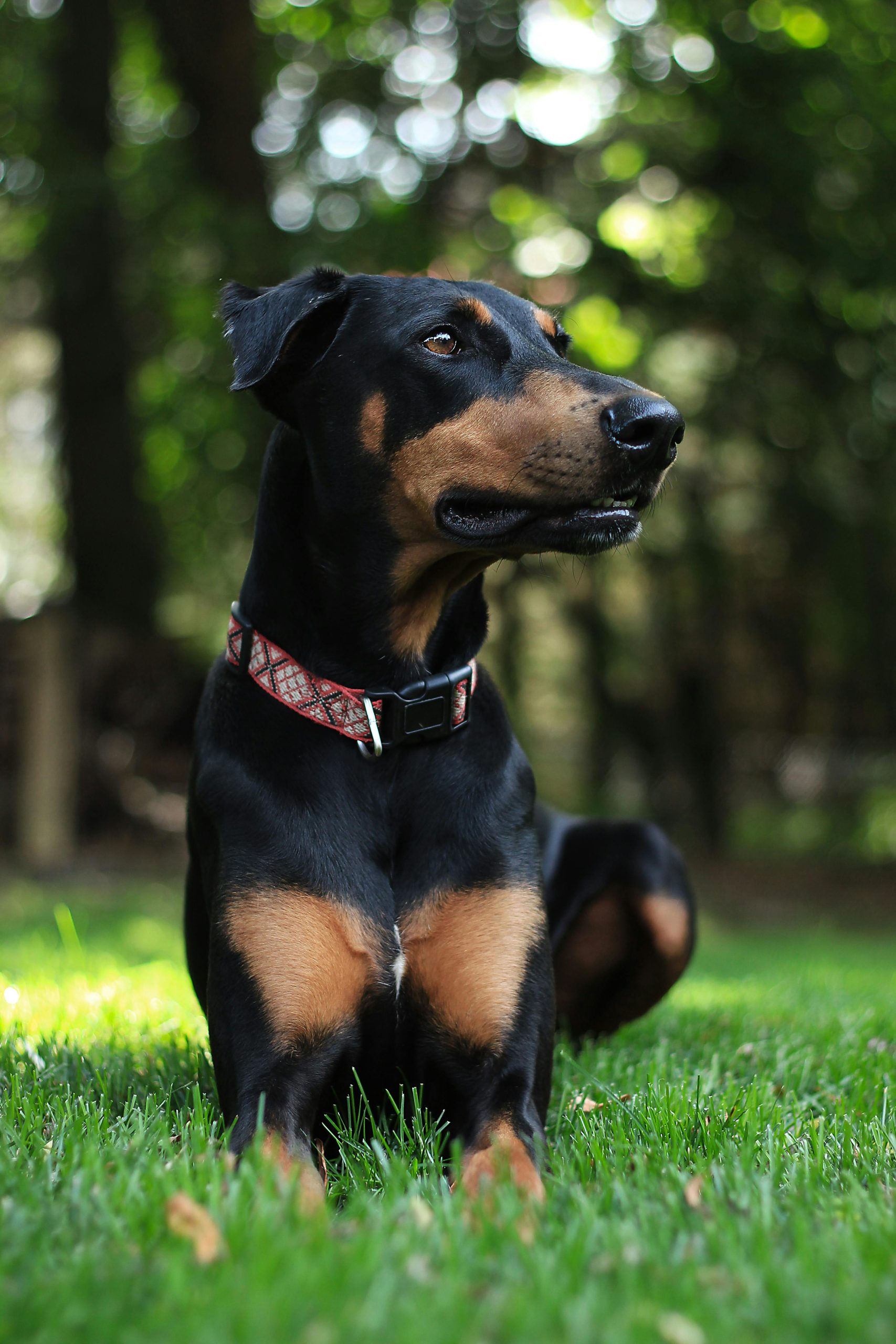
2. Stages of the Heat Cycle
The heat cycle consists of several stages, each with its own characteristics and duration. Here are the main stages of the heat cycle:
- Proestrus: This is the initial stage of the heat cycle and typically lasts for about 6 to 11 days. During this stage, the female dog’s body prepares for mating. The dog may exhibit signs such as swelling of the vulva and the release of a bloody discharge.
- Estrus: The estrus stage is when the female dog is receptive to mating and can become pregnant. It usually lasts for about 5 to 9 days, although it can vary. During this stage, the bloody discharge may become lighter or change to a straw-like color. The dog may also show increased friendliness and a willingness to mate.
- Diestrus: Diestrus is the final stage of the heat cycle and typically lasts for around 60 to 90 days. If the dog does not become pregnant, diestrus marks the period of sexual inactivity. The dog’s reproductive system returns to its normal state, and the signs of heat subside.
- Anestrus: Anestrus is the period of sexual inactivity between heat cycles. It can last for several months, and the dog will not show any signs of being in heat during this time.
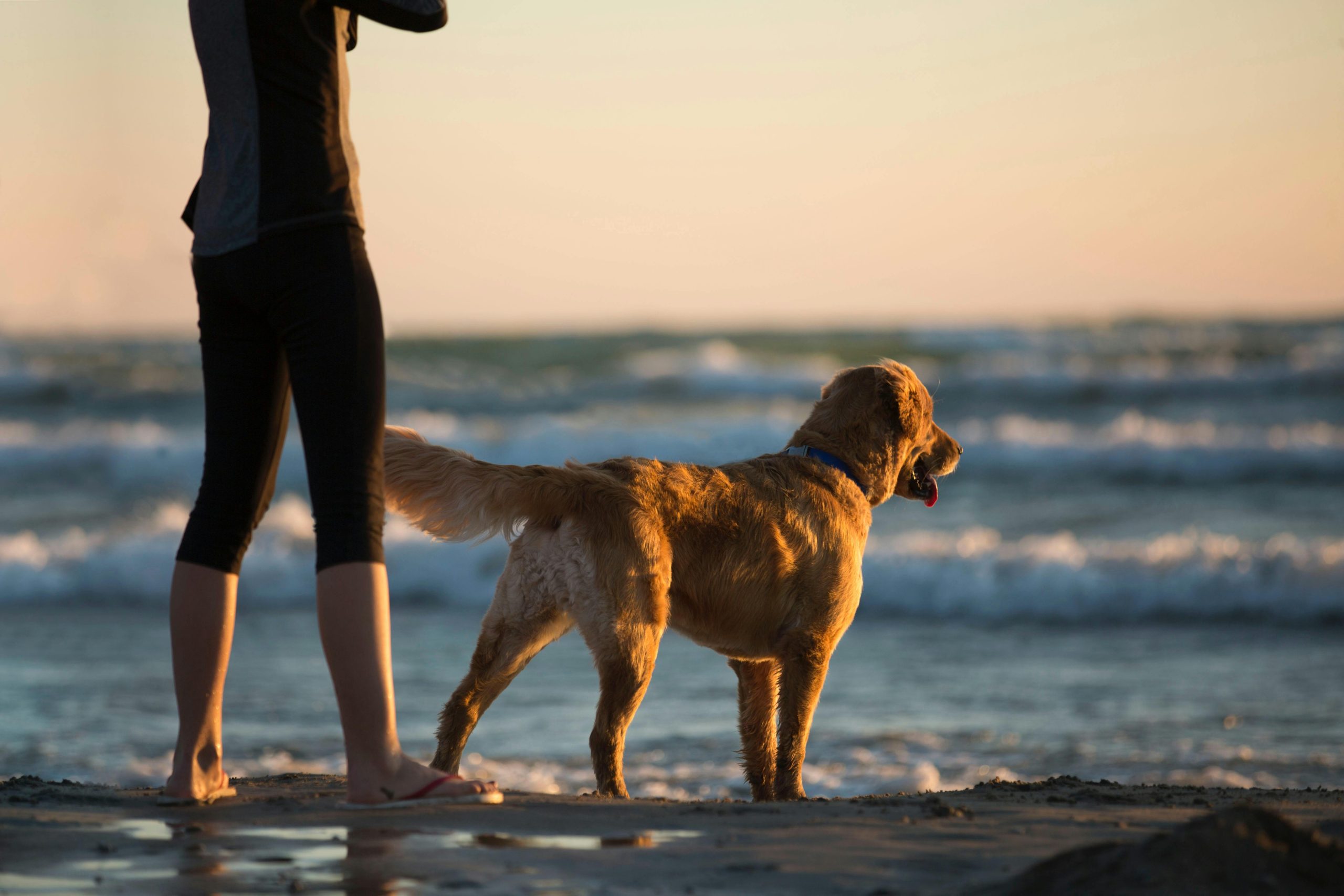
3. Signs and Behavior During Heat
During the heat cycle, female dogs may exhibit specific signs and behaviors. Here are some important points to note:
- Swelling and Discharge: During the proestrus stage, the vulva may swell, and the dog may have a bloody discharge. This is a natural part of the heat cycle and is not a cause for concern.
- Attracting Males: Female dogs in heat emit pheromones that attract male dogs. It is essential to keep female dogs securely confined during this time to prevent unintended mating.
- Changes in Behavior: Dogs in heat may display changes in behavior, including restlessness, increased urination, and heightened attention from male dogs. The behavior can vary between individual dogs.
- Appetite and Energy Levels: Some dogs may experience changes in appetite and energy levels during the heat cycle. It is important to monitor their well-being and provide appropriate care and nutrition.
- Precautions: If you do not intend to breed your dog, it is recommended to keep her away fromunneutered male dogs during the entire heat cycle to prevent unwanted pregnancies. Additionally, it is crucial to maintain proper hygiene and cleanliness during this time to prevent infections.
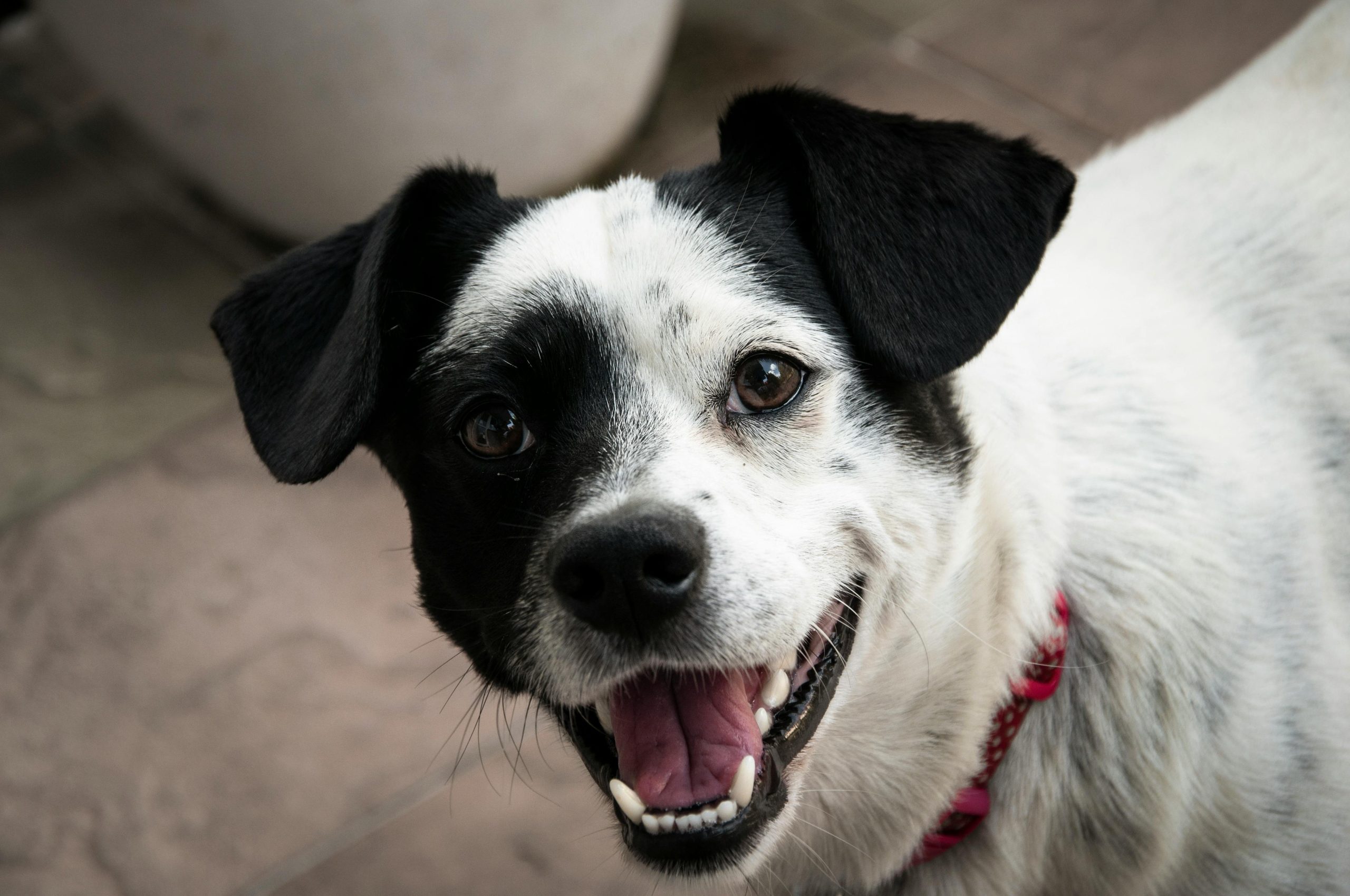
Conclusion
The duration of the heat cycle in dogs can vary, but on average, it lasts around 21 days. Understanding the different stages of the heat cycle, including proestrus, estrus, and diestrus, is essential for dog owners and breeders. Recognizing the signs and behaviors exhibited by female dogs during heat can help in managing their care and preventing unintended pregnancies. If you have any concerns or questions about your dog’s heat cycle, it is recommended to consult with a veterinarian who can provide guidance and advice tailored to your dog’s specific needs.
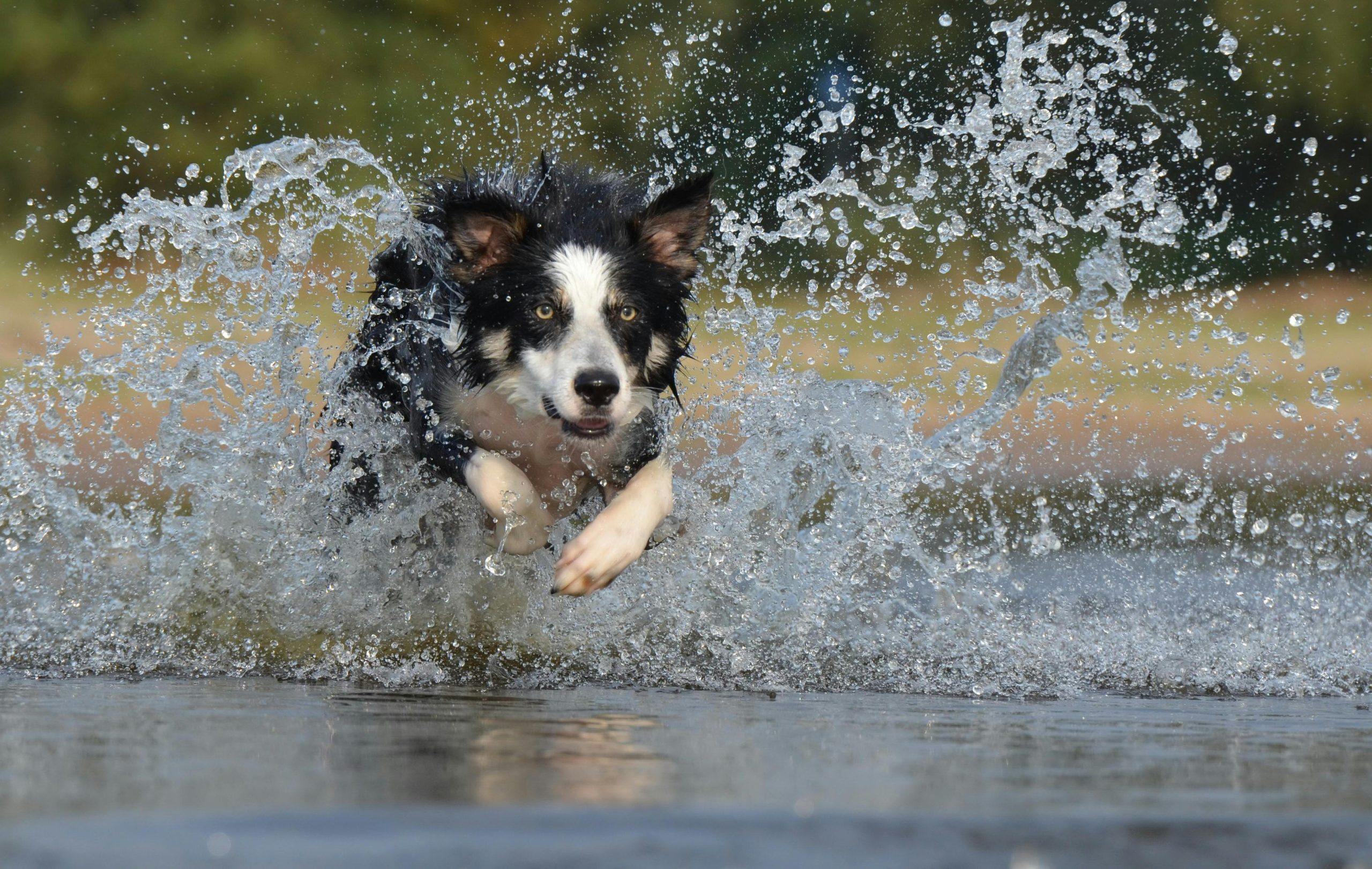
Leave a Reply